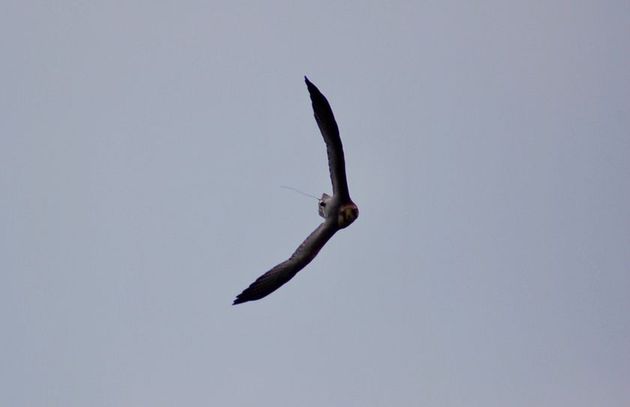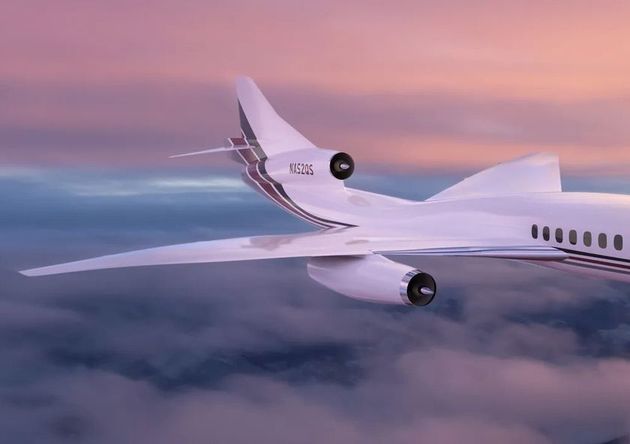The falcon’s nasal orifices
All the species of falcons possess a small cone in the interior of each nasal orifice which enables them to breathe at three hundred kilometres per hour.
21 MAY 2023 · 11:00 CET

How can a bird breathe while flying at 320 km per hour?
At this speed, the little nasal orifices on their beaks are incapable of absorbing air, as a film of gassy fluid is generated around them which covers these orifices.
This fluid is produced by fluid mechanics, and under these conditions it is very difficult for them to breathe.The same problem was faced by the first planes with reaction engines. On reaching a certain speed, the air flow divided into two external films so that it no longer entered the engines.
However, all the species of falcons – the fastest of all the birds of prey – possess a small cone in the interior of each nasal orifice which enables them to breathe at three hundred kilometres per hour.

These conic structures prevent the formation of air blocks in the nasal orifices and provide adequate pressure so that the air can enter the lungs of the animal without harming them.
The science that studies living organisms in order to understand and apply natural solutions to human problems is known as biomimetics.
Scientists working within this discipline also designed a metal cone (spinner) to be placed in the centre of the reaction engines of aeroplanes and thus succeeded in solving the problem of the lack of air entering the engine and the consequent overheating of the engine’s interior.
Besides solving this aeronautical problem, the tiny cone inside falcons’ beaks also inspired engineers to come up with a means of taking advantage of the same wind that moves the fan blades of the aerogenerators to cool the engines, as this greatly improves their efficiency.

By and large, when natural solutions are discussed for the practical problems that arise in physics, people say that “nature is wise”, or that these solutions were arrived at by random evolution, after many millions of years of failed attempts.
The laws of nature are thus attributed with the capacity to achieve designs that seem intelligent but which, in fact, are nothing but the product of chance on the roulette of time.
However, Mathematics show that that cannot be so. The four billion years that are reckoned to be the age of life on earth are not enough to achieve such a sophisticated design, through a lottery of random mutations.
Something more is needed. And I believe that this something is the Hod who made the heavens, the earth and the life that inhabits them, by means of a supernatural act which it is impossible for science to comprehend.
Published in: Evangelical Focus - Zoe - The falcon’s nasal orifices
